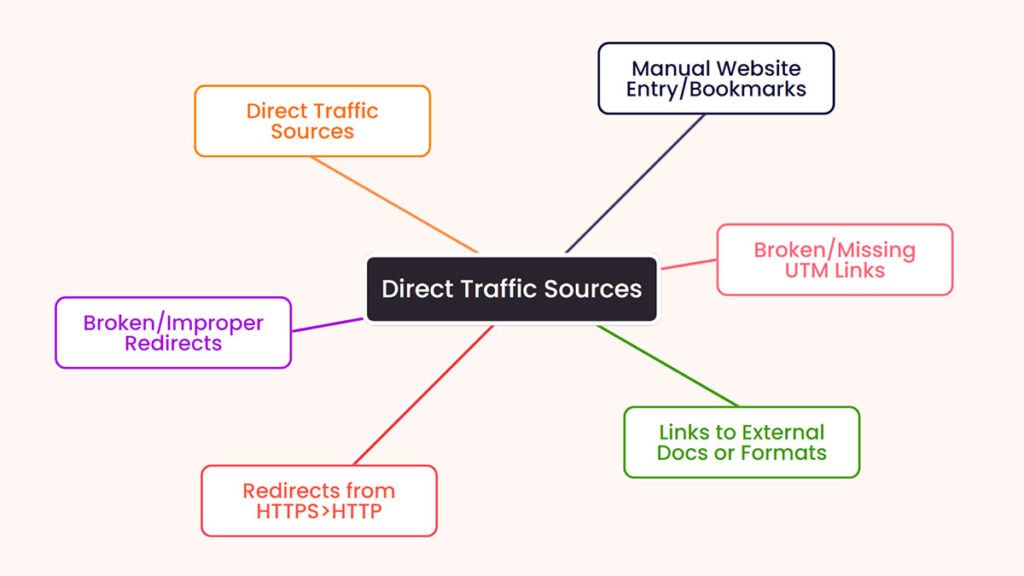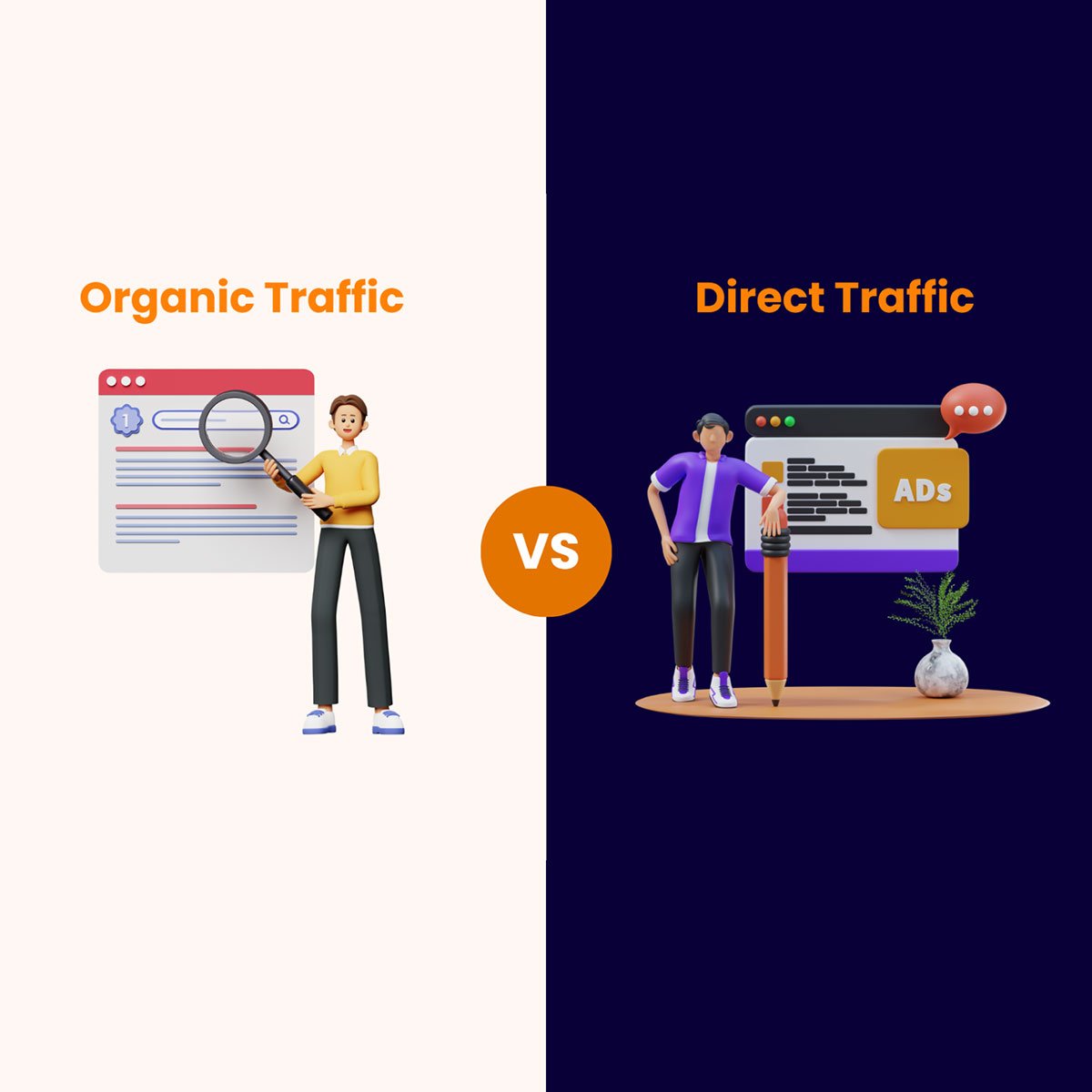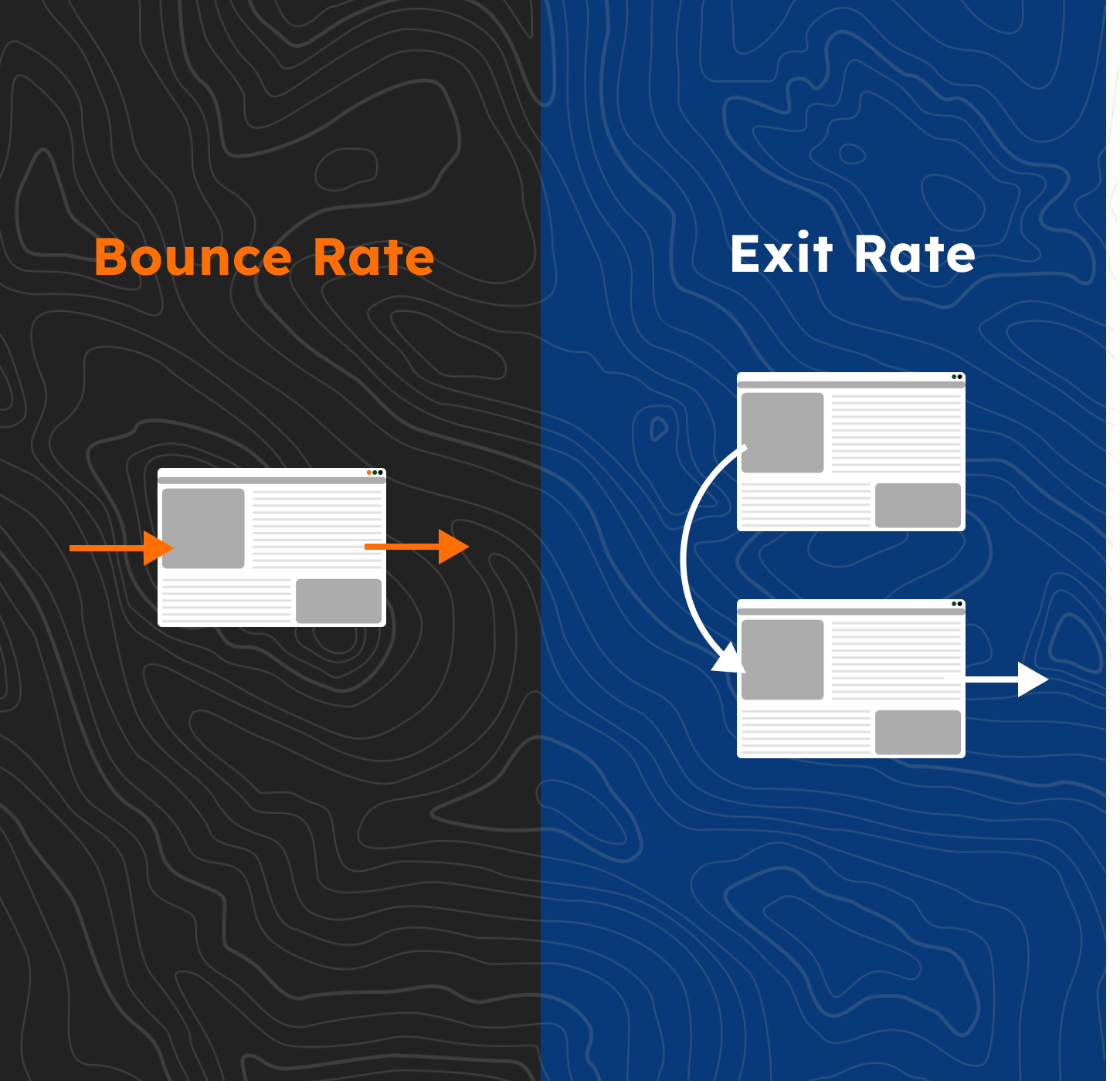When you’re looking at your website analytics, you might see terms like “direct traffic” and “referral traffic.” Understanding these can help you better analyze your website’s performance and improve your marketing strategies. Let’s break it down in simple terms.
What is Direct Traffic?

Direct traffic is when visitors come straight to your website. This can happen when they type your URL directly into their browser, click on a bookmark, or scan a QR code. Essentially, there’s no referring website.
Examples of Direct Traffic:
Typing www.yourwebsite.com into the browser.
Clicking a saved bookmark.
Scanning a QR code that leads to your website.
Sometimes, direct traffic might include visits where the source isn’t identifiable due to things like misconfigured redirects or untracked email links.
What is Referral Traffic?

Referral traffic happens when visitors come to your website through a link on another site. These visitors are “referred” to your site from somewhere else, and Google Analytics tracks this.
Examples of Referral Traffic:
A link to your site from another blog or news site.
Social media posts that contain a link to your site.
Links from online directories or review sites.
Social media posts that contain a link to your site.
Links from online directories or review sites.
Direct Traffic in Google Analytics
In Google Analytics, direct traffic is a key metric. Sometimes, it can include traffic where the referrer isn’t passed due to technical reasons. This can include traffic from documents, instant messaging apps, or mobile apps where the referrer isn’t passed.
Referral Source in Google Analytics
A referral source is the site that has linked to yours and sent visitors your way. Google Analytics provides a breakdown of these sources, so you can see which websites are driving traffic to your site.
This data is valuable for identifying partnerships, guest posting opportunities, or evaluating the effectiveness of your social media campaigns.
Top Benefits of Analyzing Referral Traffic:
- Identify High-Performing Sources: See which sites send you the most traffic.
- Evaluate Link-Building Efforts: Assess the impact of your link-building campaigns.
- Optimize Partnerships: Strengthen relationships with sites that refer to valuable traffic.
Why Knowing the Difference Matters

Understanding the difference between direct and referral traffic helps you make informed decisions about your marketing efforts. Here are some practical ways to use this information:
- Content Strategy: If a specific blog or website frequently refers traffic to you, consider collaborating with them more closely.
- SEO Optimization: High referral traffic from authoritative sites can boost your SEO rankings.
- Marketing Campaigns: Direct traffic can indicate brand loyalty or effective offline marketing efforts, such as print ads or word of mouth.
Wrapping Up
Understanding the difference between direct and referral traffic in Google Analytics is essential for optimizing your website’s performance. Direct traffic shows how well your brand attracts visitors on its own, while referral traffic highlights the impact of external sources.
By regularly analyzing both types of traffic, you can refine your marketing strategies and better understand your audience. At Analyze Right, our marketing analytics services can help you dive deep into your website traffic and make data-driven decisions to boost your online presence. Happy analyzing!



